Discover how to measure butter easily using any of these simple methods.
There is a butter conversion table and cooking tips PLUS you can download the FREE Kitchen Conversion Charts for you to make it simple.
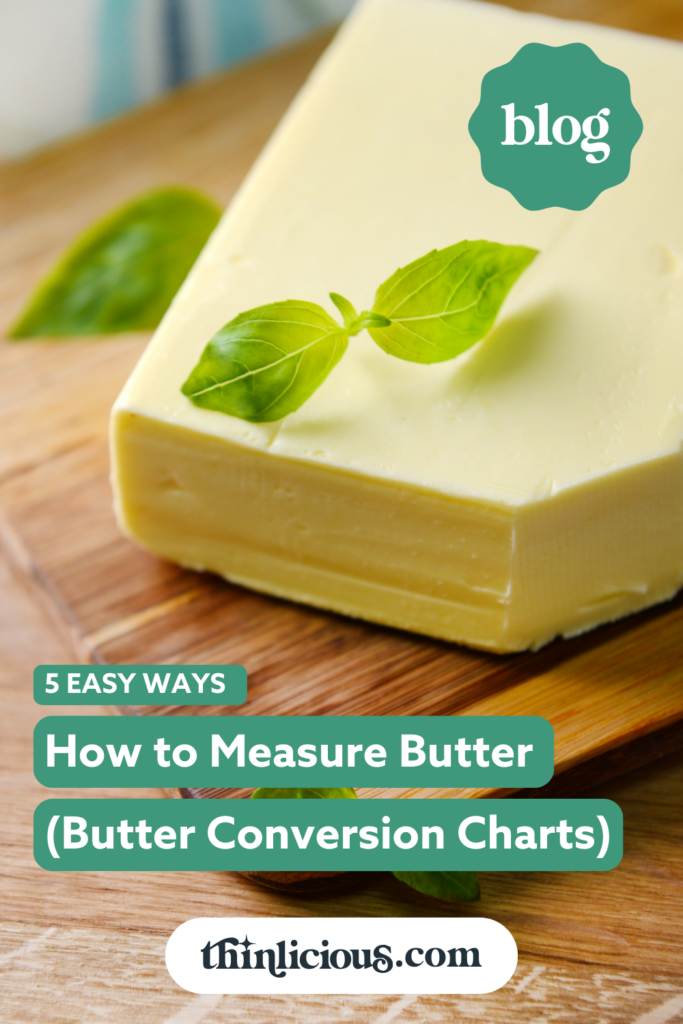
Why is it important to measure butter accurately?
Butter is the most common baking ingredient and it is one of the most prominent ingredients when baking cakes, cookies, and pastry.
There are 5 ways to measure butter. Which one is easiest and which method is most accurate? And why is it so important to use an accurate measurement?
Are you ready to create the ultimate 12-month blueprint for reaching your health & weight loss goals this coming year?

Our free on-demand video training will walk you through how to make 2024 THE year you set health goals…and keep them.
Most of the world measures butter by weight apart from the US and Canada.
- In the USA they measure butter by the stick.
- In Canada, they measure butter by volume using blocks or cups.
- Europe, Australia, and New Zealand all measure butter by weight in grams.
Butter conversion charts
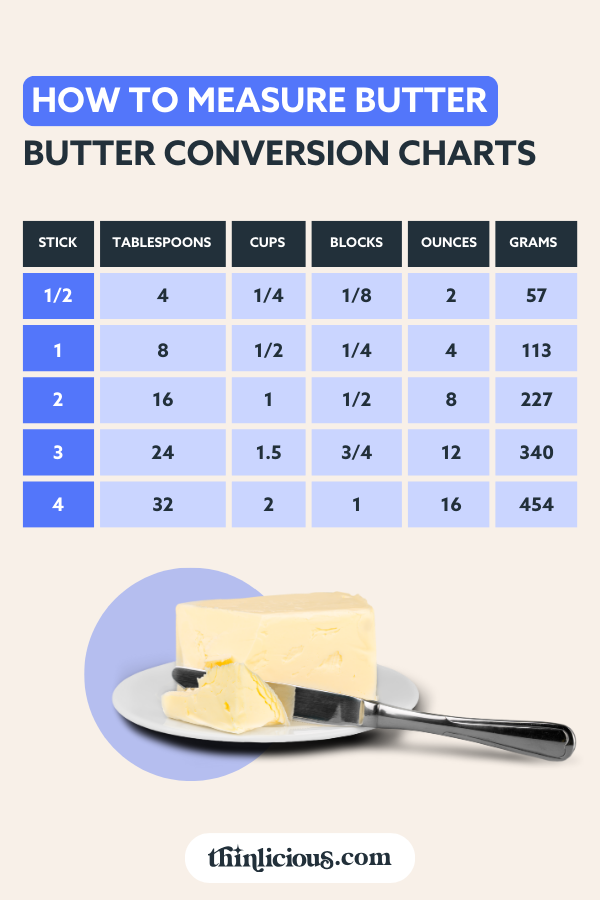
Butter is easiest to measure by weight (using grams or ounces) but some people prefer to measure sticks of butter (that are pre-wrapped and pre-measured portions of butter) or with a tablespoon.
This simple chart can show you the easiest butter measurements, and butter conversions. The chart shows you the amount of butter to measure whether you are using cups, blocks, weight, or sticks.
- ½ stick butter = ¼ cup = 47 g = 1.6 oz
- 1 stick of butter = ½ cup = 113 g = 4 oz
| Stick | tablespoons | Cups | Blocks | Ounces | Grams |
|---|---|---|---|---|---|
| ½ stick | 4 tbsp | ¼ cup | ⅛ | 2 oz | 57 g |
| 1 stick | 8 tbsp | ½ cup | ¼ | 4 oz | 113 g |
| 2 stick | 16 tbsp | 1 cup | ½ | 8 oz | 227 g |
| 3 sticks | 24 tbsp | 1.5 cups | ¾ | 12 oz | 340 g |
| 4 sticks | 32 tbsp | 2 cups | 1 | 16 oz | 454g |
How to measure using sticks
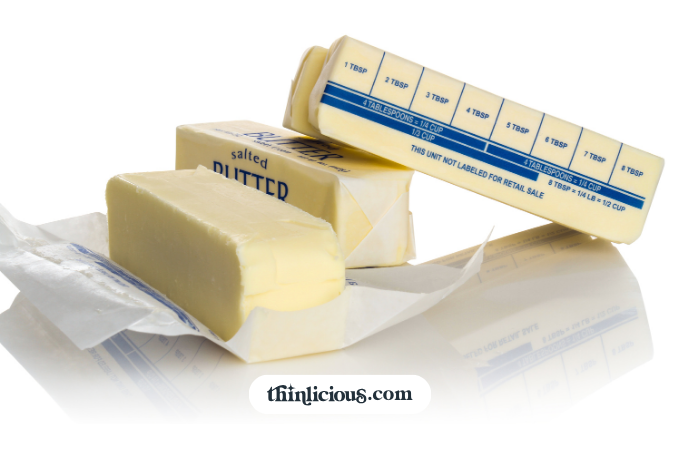
1 stick of butter = 8 tablespoons = ½ cup = 4 ounces = 113 grams
Measuring butter by the stick is quick and easy Each stick of butter is wrapped with measurement lines that show one tablespoon of butter. A stick of butter may also show measurements printed for half cup and quarter cup.
Cutting each stick with a sharp knife is a common method for measuring butter by the tablespoon. Remove the butter wrapper before adding to a recipe.
How to measure using blocks
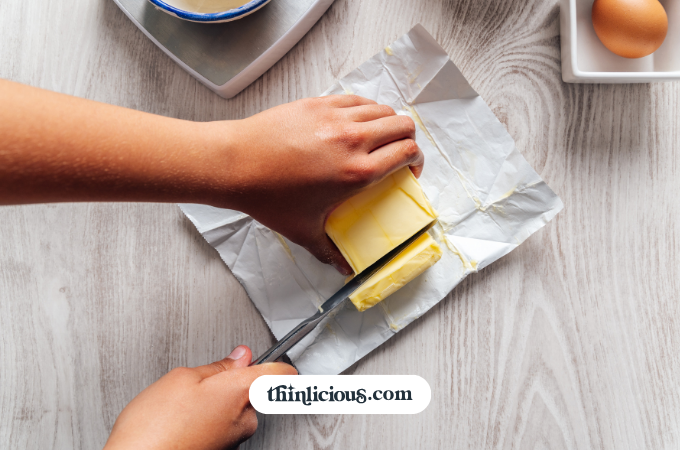
One block of butter is 450g-500g (depending on the brand) which is approximately 2 cups of butter (or four sticks).
The butter wrapper has lines for grams (in most of the world) or for cups (in Canada). Use a sharp knife to cut along the line, or estimate where the line should be if you need a fraction of a measurement.
How to measure using cups
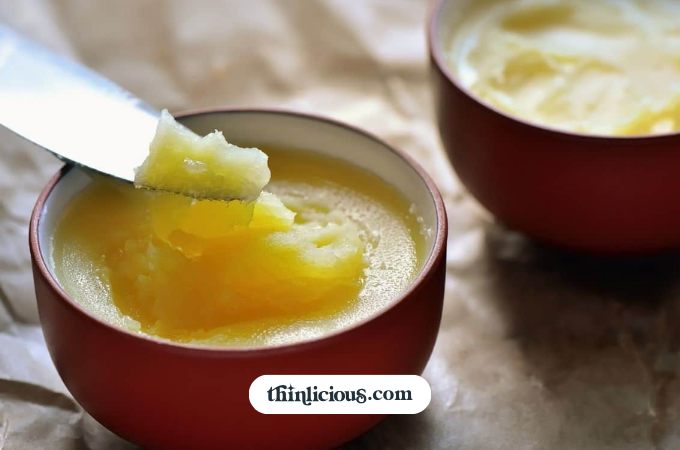
1 cup of butter is 2 sticks of butter or half a block.
How to measure solid butter?
Cut your sticks or blocks of butter to the exact amount of butter a recipe requires. If you have irregular-shaped blocks, your butter is not wrapped with measuring lines, or you are using leftover pieces of butter, use the water displacement method below.
How to measure softened butter?
If your butter is soft, you can press it into a clean dry measuring cup with a butter knife, spoon, or rubber spatula. Be sure to press out any trapped air bubbles or pockets of air from the measuring cup to ensure your butter measuring is accurate.
How to measure using grams
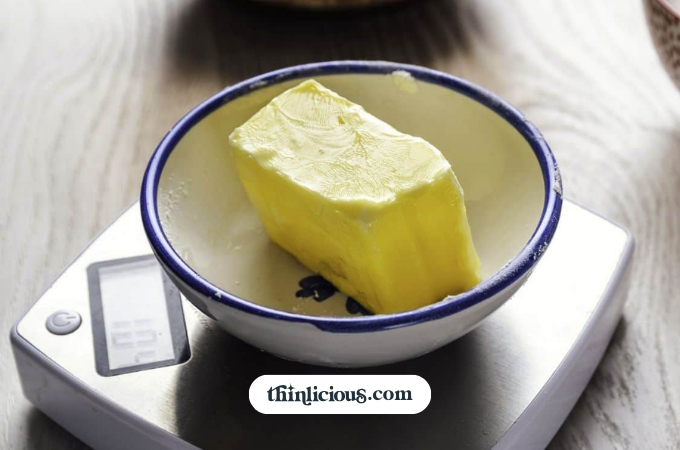
Butter measuring by weight is the most accurate of all methods. You can weigh using grams or ounces.
Digital scales are the easier way to measure baking ingredients and makes measuring butter quick and accurate. An electric kitchen scale is the best kitchen gadget you can buy for accurate and perfect consistent baking results.
Baking using kitchen scales reduces washing up because you don’t need lots of measuring cups or measuring spoons.
- Tare your digital kitchen scales to ZERO.
- Add the estimated amount of butter.
- Add or remove butter until you get the exact weight you need.
- When you are ready to add other ingredients you can tare to ZERO again and weigh your next ingredient directly into your mixing bowl.
How to use the water displacement method
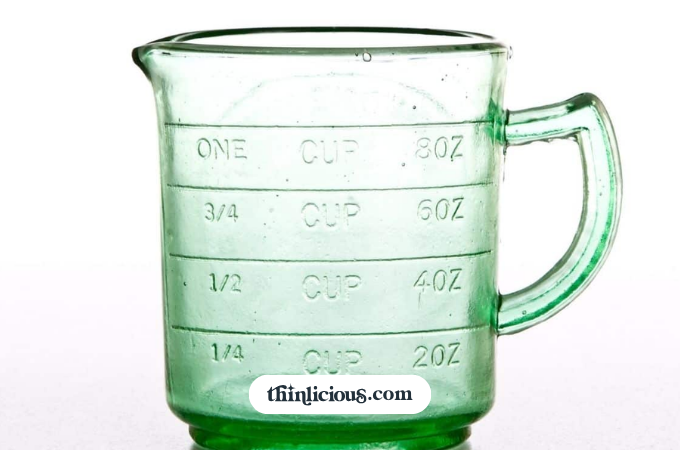
Sometimes your butter is irregularly shaped or you have butter leftover from a few blocks. To measure how much butter you have, you need to use the cold water displacement method.
- Fill a large 500ml (2 cups) measuring jug with only 250ml (1 cup) of water. Keep the jug at eye level and on a flat surface.
- Place your butter into the measuring jug.
- Write down the new volume of where the water reaches in the measuring jug and deduct 250ml (1 cup).
- This is the volume of the butter in milliliters or cups.
For example, if you need 250 grams of butter (one measuring cup) the water level needs to reach 500 ml.
Remember to fully submerge the butter so it displaces the correct amount of water and pat the butter dry before adding it to your recipe.
How many cups in one stick of butter?
1 cup of butter is the same as 2 sticks of butter.
1 cup of butter is the same as 16 tablespoons of butter.
1 cup of butter is the same as 8 oz or 227 grams.
Which is the best butter to buy?
Which butter you use is dependent on what recipe you make.
There is salted butter, unsalted butter, organic butter, whipped butter, clarified butter, and ghee.
Ghee is clarified butter that has been heated and the water and milk solids have been removed. Clarified butter is pure milkfat so many people who have a milk intolerance can tolerate ghee because clarified butter contains no lactose or milk solids.
Butter 101 (FAQ)
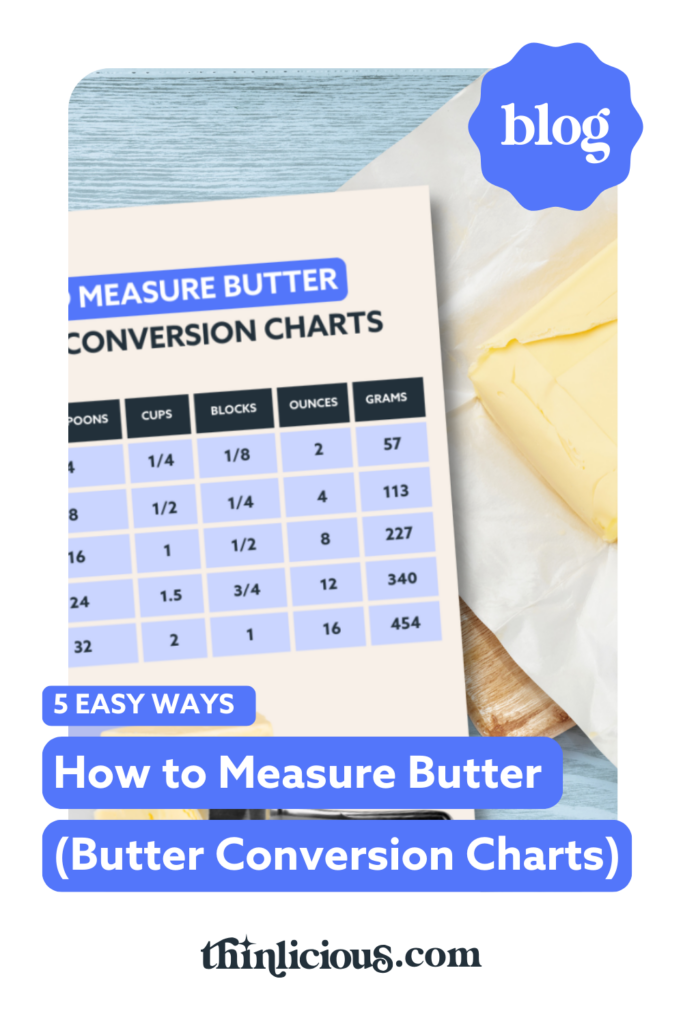
Most bakes use unsalted butter, but go by what the recipe states. Salt actually enhances flavors such as chocolate.
Fresh natural butter without any added ingredients is best. Do not use baking spreads, margarine, or fake vegan kinds of butter. They are all processed and don’t give the same results as traditional butter.
Most recipes will state whether the recipe requires salted or unslated butter. Butter with added salt often enhances a sweet dish such as a cake. So even though a recipe may call for unsalted, it may also ask you to add a pinch of salt.
Iced cold butter is best for pastry. Do not let your butter soften on the kitchen bench, but keep it in the fridge until you are ready to measure and use.
You can use unsalted instead of salted, then you need to add a pinch of salt to your recipe.
You can also use salted for unsalted ONLY if the recipe calls for an additional pinch of salt, then you will need to omit this because the butter is salted already.
Not very. Only a small amount of salt has been added to butter during the churning but it is noticeable by its absence if you spread unsalted butter on toast. It lacks flavor and doesn’t taste as buttery.
Always follow what the recipe calls for. If a recipe calls for softened butter or melted butter, then measure that.
Place butter in a small saucepan on the stove. Heat on a low heat until the butter begins to simmer. As the butter is simmering away, any water and moisture will evaporate. The longer you cook the butter, the more golden brown the clarified butter will become. Strain in a sieve that has been kind with a few pieces of kitchen paper into a heatproof jar. Throw the “scum” that has been removed and the jar is full of delicious brown buttery ghee.
The smoke point of butter is 180C/350F. Ghee has a higher smoke point than butter because the water has been removed. The smoke point of ghee is 250C/485F.
Butter gives a rich creamy taste to baking cookies and cakes. Margarine may have flavors that replicate the taste of real butter but it is not the same and if you use margarine to make cookies, they tend to be flat and thin.
Butter is a healthy fat made from cow’s milk and often a small amount of salt. Margarine is an ultra-processed food made with vegetable oils and chemicals. Margarine is inflammatory and contains a higher
There are 8 tablespoons of butter in one stick of butter.
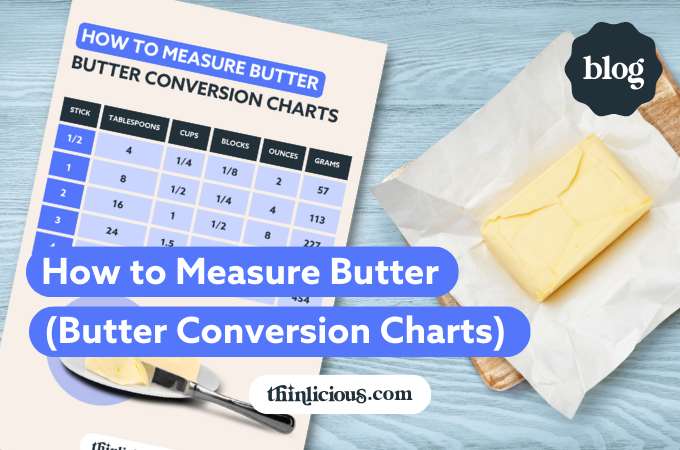
Get our FREE guide to finally fix your metabolism!
Losing weight & getting healthy is never easy, but lately you might feel like it’s suddenly become impossible.
Our Flip the Switch guide will help you clearly understand what’s been going on, as well as exactly what you can do to get your metabolism working again so that you can look and feel your best—it’s easier and more simple than you think!
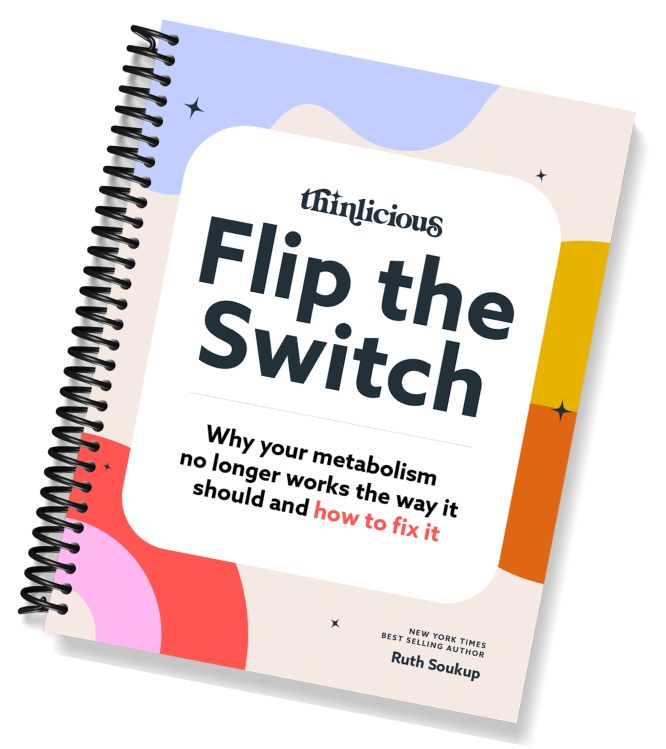

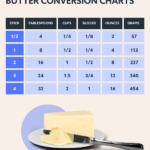
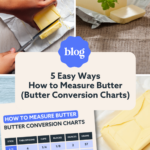
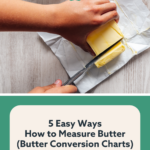
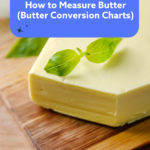
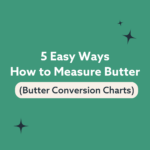
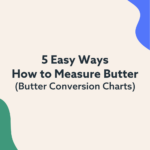
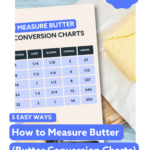
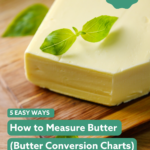
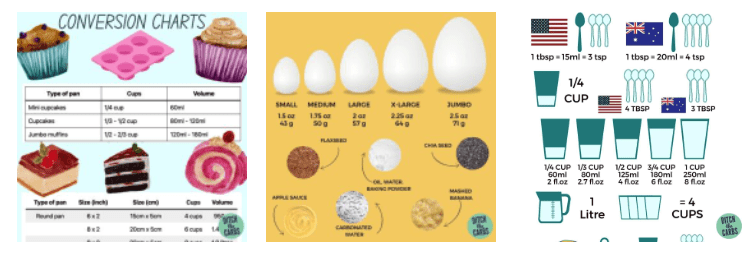
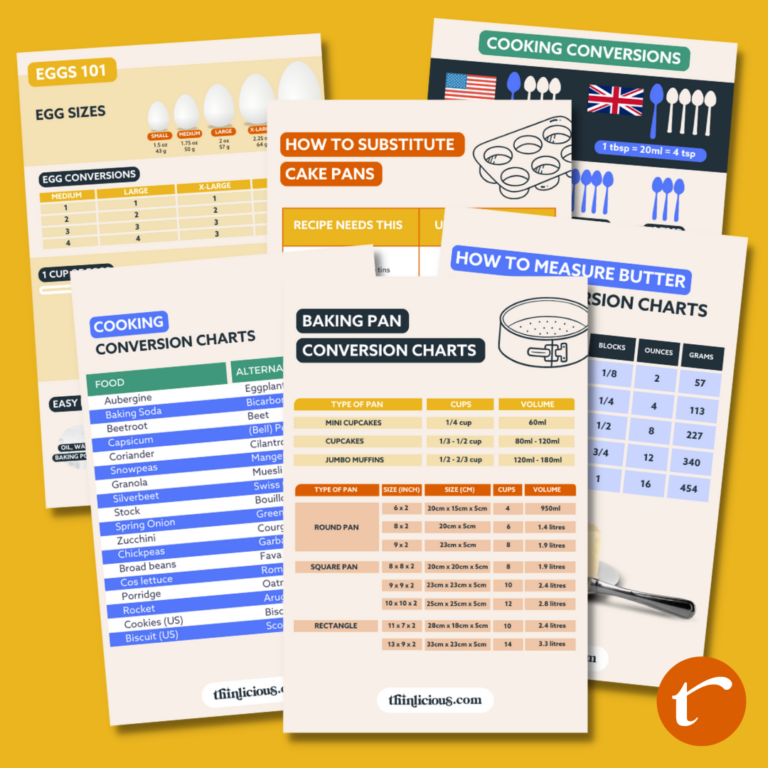
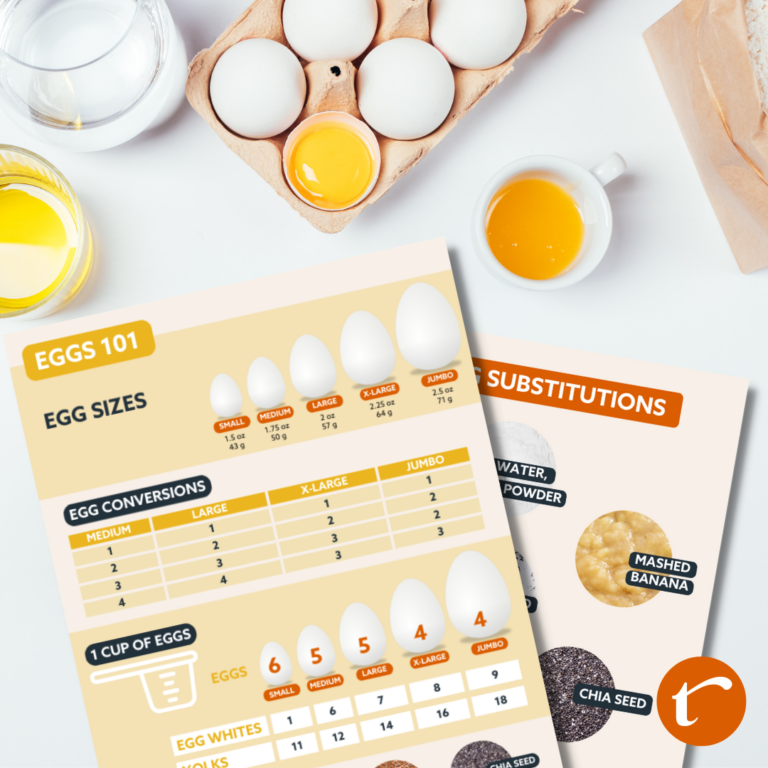
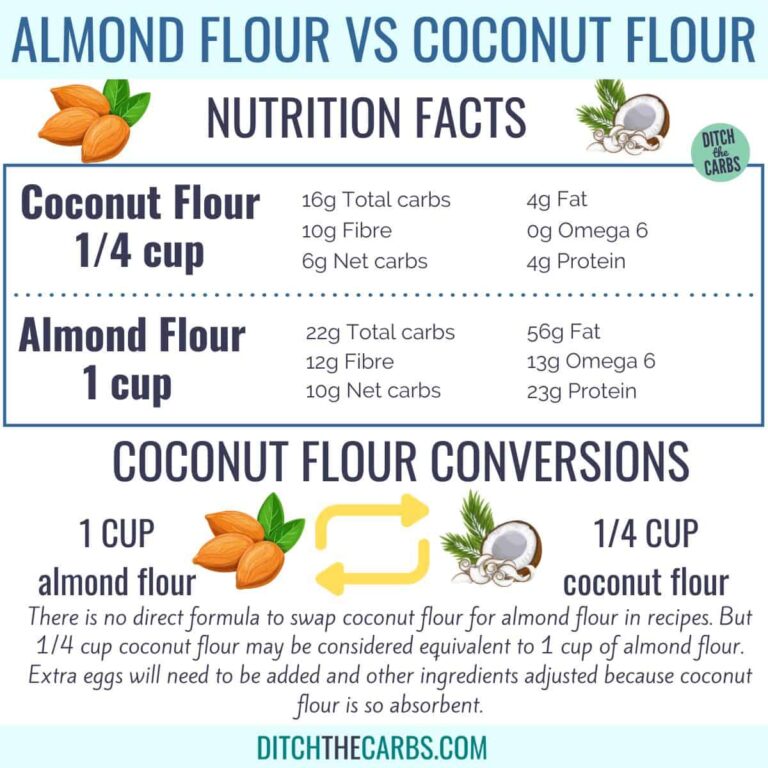
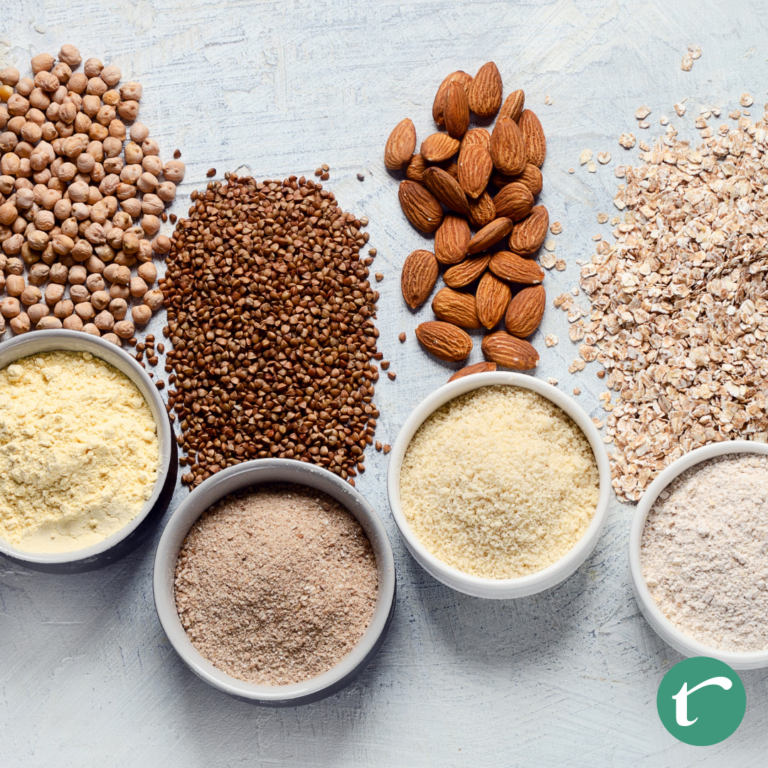
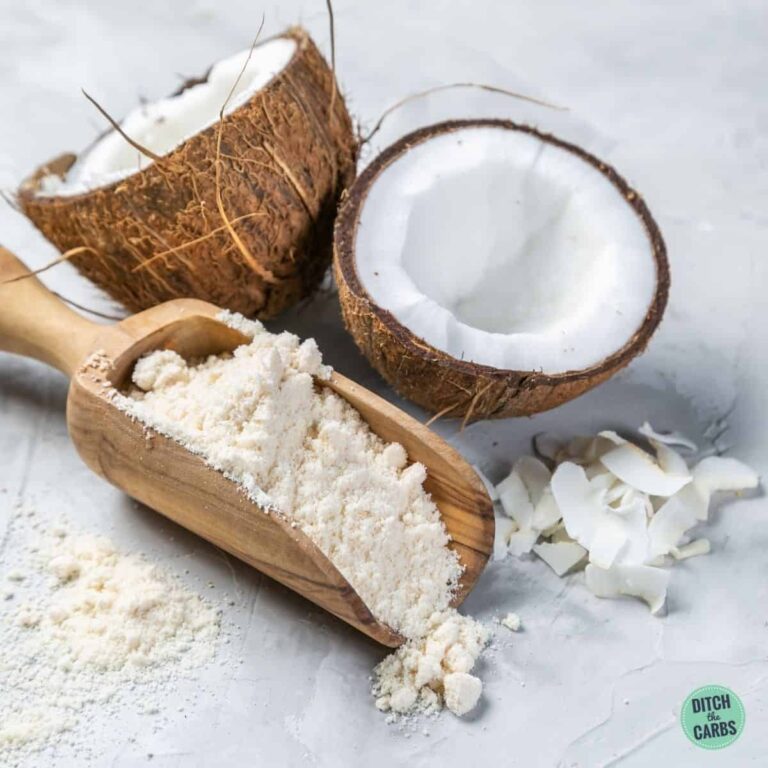
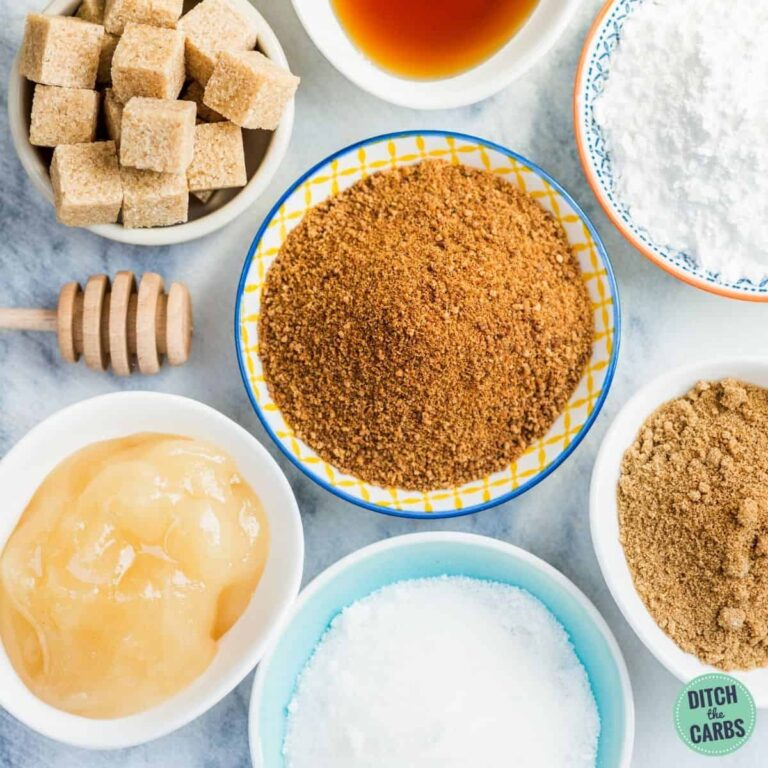

PLEASE be more carefull when you publish coversions !!
Your math is wrong.
½ stick 4 tbsp ¼ cup ⅛ 2 oz 57 g
1 stick 8 tbsp ½ cup ¼ 4 oz 113 g
2 stick 16 tbsp 1 cup ½ 8 oz 227 g
3 sticks 24 tbsp 1.5 cups ¾ 12 oz 340 g
4 sticks 32 tbsp 2 cups 1 16 oz 500g
Butter conversion chart.
If one cup is 227g, then two cups is 454g and NOT 500g !!!!!